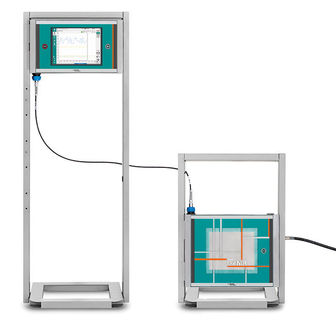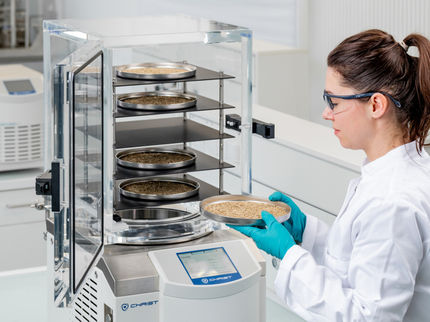To use all functions of this page, please activate cookies in your browser.
my.bionity.com
With an accout for my.bionity.com you can always see everything at a glance – and you can configure your own website and individual newsletter.
- My watch list
- My saved searches
- My saved topics
- My newsletter
Johann DeisenhoferJohann Deisenhofer (born September 30, 1943) is a German biochemist who, along with Hartmut Michel and Robert Huber, received the Nobel Prize for Chemistry in 1988 for their determination of the structure of a membrane-bound complex of proteins and co-factors that is essential to photosynthesis. Product highlightDeisenhofer earned his doctorate from the Technical University Munich for research work done at the Max Planck Institute for Biochemistry in Martinsried, West Germany, in 1974. He conducted research there until 1988, when he joined the scientific staff of the Howard Hughes Medical Institute and the faculty of The University of Texas Southwestern Medical Center at Dallas. Together with Michel and Huber, Deisenhofer determined the three-dimensional structure of a protein complex found in certain photosynthetic bacteria. This membrane protein complex, called a photosynthetic reaction center, was known to play a crucial role in initiating a simple type of photosynthesis. Between 1982 and 1985, the three scientists used X-ray crystallography to determine the exact arrangement of the more than 10,000 atoms that make up the protein complex. Their research increased the general understanding of the mechanisms of photosynthesis and revealed similarities between the photosynthetic processes of plants and bacteria.[1] Deisenhofer currently serves on the board of advisors of Scientists and Engineers for America, an organization focused on promoting sound science in American government. References
|
|||
| This article is licensed under the GNU Free Documentation License. It uses material from the Wikipedia article "Johann_Deisenhofer". A list of authors is available in Wikipedia. |







